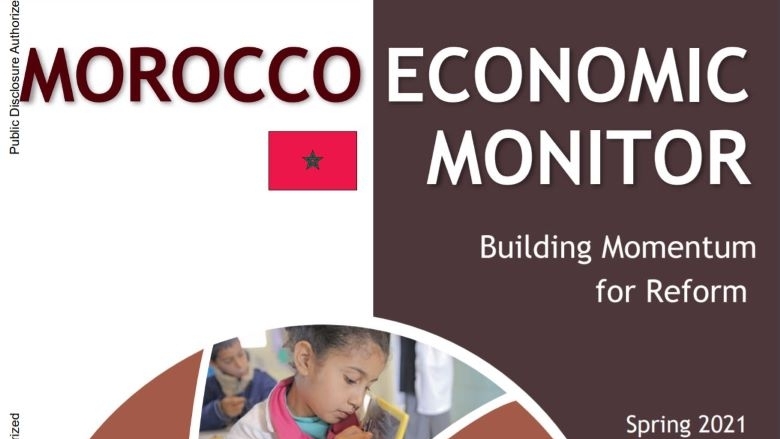Morocco stands out as a country that has seized the COVID-19 crisis as an opportunity to launch an ambitious program of transformative reforms. After its initial efforts to mitigate the immediate effects of the pandemic on households and firms, the authorities have launched various policies to correct long-standing inequities and overcome some of the structural bottlenecks that have constrained the performance of the Moroccan economy in the recent past.
This reform program has the following pillars: (i) the creation of a Strategic Investment Fund (the Mohammed VI Fund) to support the private sector; (ii) the overhaul of the social protection framework to boost human capital; (iii) the restructuring of Morocco’s large network of State Owned Enterprises. In addition, the government has recently unveiled the terms of a new development model that places significant emphasis on human development and gender equity, and on the need to reinvigorate recent efforts to incentivize private entrepreneurship and boost competitiveness.
If successfully implemented, these reforms could lead to a stronger and more equitable growth path. There are various channels through which the reform impetus described above could increase the growth potential of the Moroccan economy: (i) by increasing market contestability, levelling the playing field, and streamlining the role of the SOE sector in the economy, more firms would be enabled to enter markets, grow and create jobs; (ii) a more dynamic private sector could make a better use of the large stock of physical capital accumulated over past decades, thus increasing the growth dividend of existing infrastructure, which so far has disappointed; (iii) accelerating the pace of human capital formation could enable more Moroccan citizens to realize their productivity potential, which would contribute to raise living standards and accelerate the growth of aggregate output.
In the shorter-term, however, the recovery from the crisis could be gradual and uneven. Although activity picked up in the second half of the year, 2020 closed with the largest economic recession on record. We project real GDP growth to rebound to 4.6 percent in 2021, supported by the strong performance of the agricultural sector and by a partial recovery of the secondary and tertiary sectors. In this baseline scenario, real GDP will not return to its pre-pandemic level until 2022, and the cumulative output loss caused by the crisis will be large. Moreover, the balance of risks remains tilted to the downside given the global spread of new and more infectious coronavirus variants, the supply constraints that are affecting Morocco´s vaccination campaign, and the macro-financial vulnerabilities triggered by the crisis.
The large and unequal socio-economic impact of the crisis were partly mitigated by the extensive cash transfer programs rolled out during the lockdown period. In Morocco as elsewhere, poorer segments of the population have been more exposed to the health and economic consequences of the pandemic. As a result, the incidence of poverty has increased after several years of sustained social progress and is not expected to return to pre-pandemic levels until 2023. A peculiarity of the Moroccan case, however, is that the mitigation measures adopted by the authorities have successfully cushioned the income reduction that a large proportion of poorer households (both formal and informal) would have otherwise undergone, thus avoiding a significantly larger increase in poverty.
However, these measures were temporary in nature, and a more structural approach will be needed to ensure that the benefits of the post-COVID recovery will be evenly distributed. The Kingdom already announced a sweeping reform of the social protection system, including the universalization of health insurance and family allowances. The long-term challenges that characterize Morocco’s labor markets will also need to be addressed, namely, its insufficient capacity to create new jobs even when the economy is growing, high inactivity especially among the young and the female population, and slowly declining levels of informality.
- Morocco Economic Monitor, Spring 2020: Building Momentum for reform (Full Report in a PDF format)
